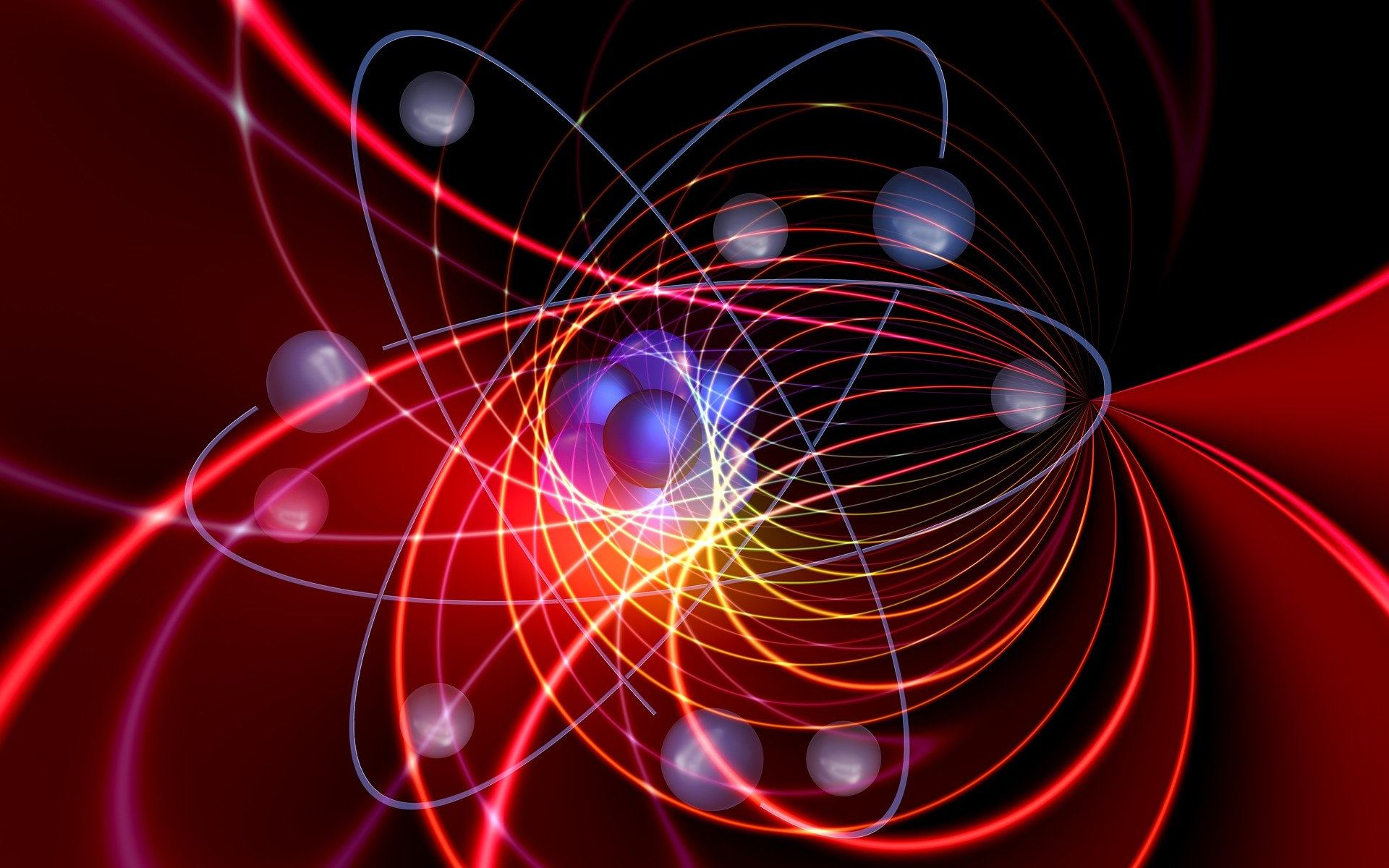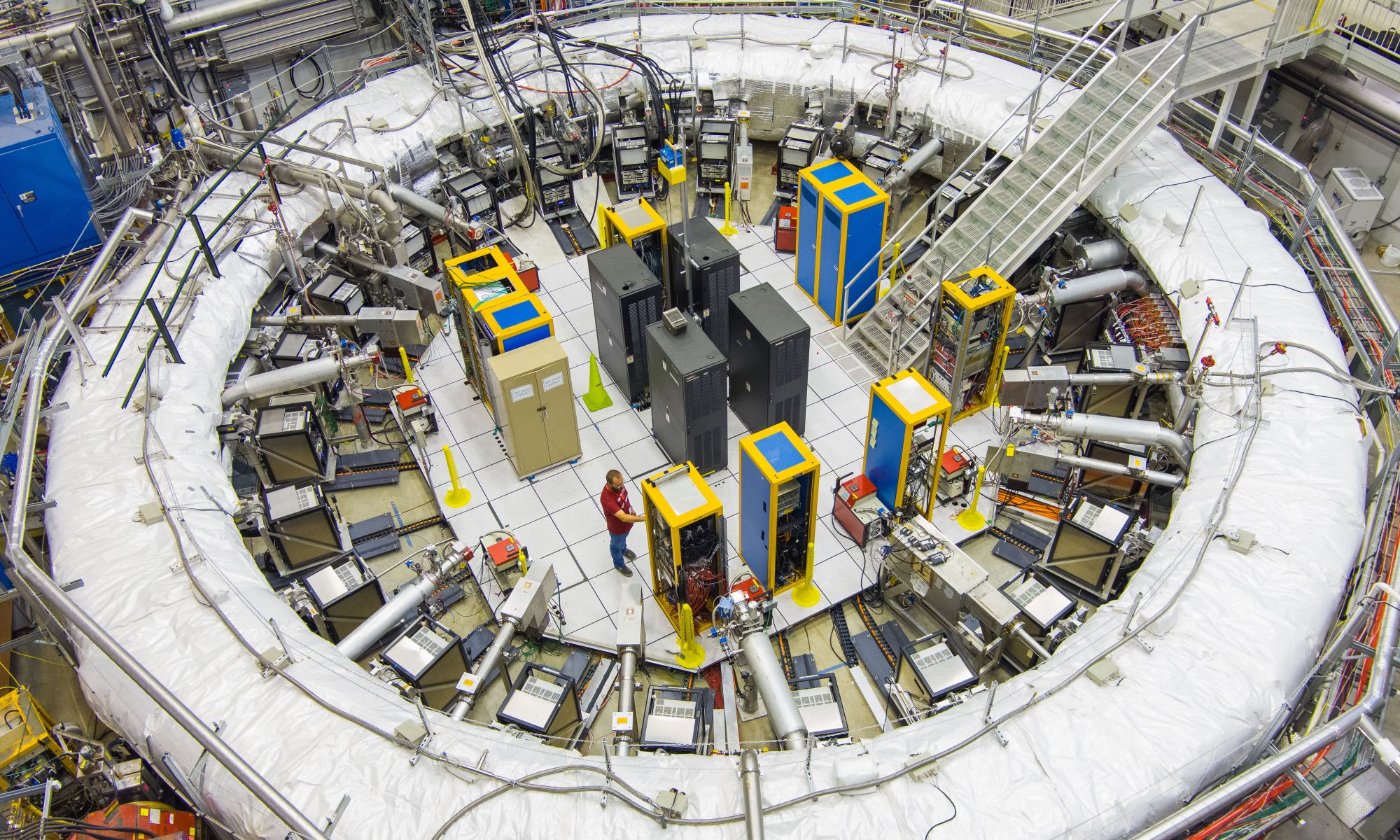If dark matter exists, then where are the particles?
This single question threatens to topple the standard cosmological model, known as the LCDM model. The CDM stands for cold dark matter, and according to the model makes up nearly 85% of matter in the universe. It should be everywhere, and all around us, and yet every single search for dark matter particles has come up empty. If dark matter particles are real, we know what they are not. We don’t know what they are.
Continue reading “Dark Photons Could Be the Key to Both Dark Matter and the Muon Anomaly.”

